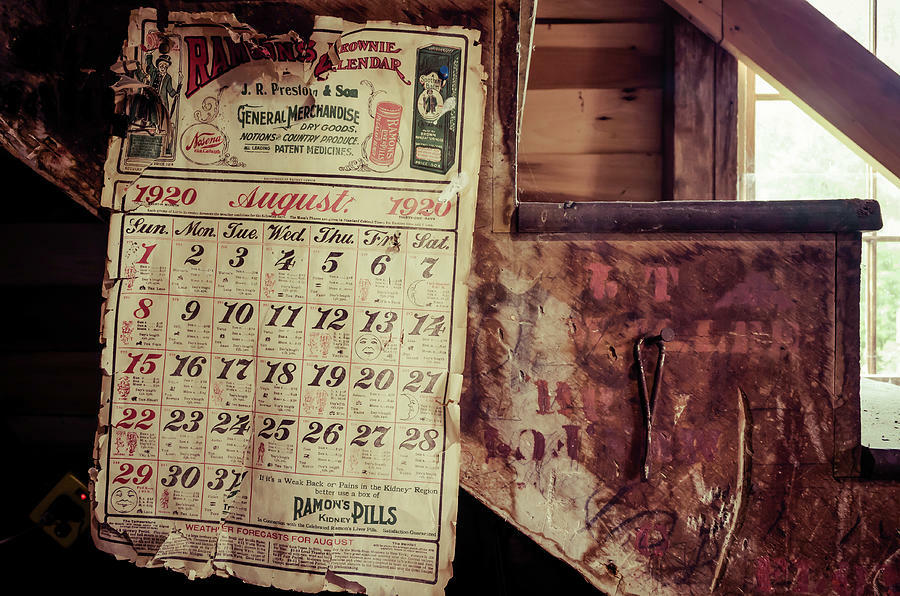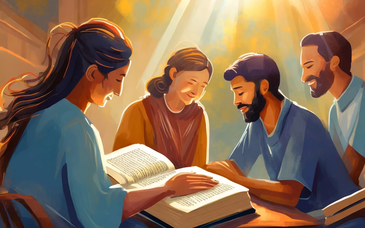Today almost everyone takes the precision of our calendars for granted, unaware of the long threads spooling out from our clocks and watches backward in time, running through virtually every major revolution in human science, all linked to the measurement of time. The thread runs largely through the West, since this is the source of the world's civic calendar, but also casts lines of varying sizes and thickness outward to China, India, Egypt, Arabia, and Mesopotamia.

Unwinding backward, it pauses at Clavious and at Bacon; at the rush of knowledge coming from Islam and the East during the Middle Ages; at bloody wars fought over dates after Rome's collapse; and at Rome at its height, when Julius Caesar fell in love with Cleopatra, an affair that gave the west its calendar.
It moves back farther still to the Egypt of the pharaohs, Babylon, Sumer, and beyond, thousands of years before our own calendar was created, when an unknown person dressed in reindeer skins and clutching an eagle bone gazed at the sky and got an idea to use the moon to measure time.
Many different calendars have been developed over the millennia to help people organize their lives. According to a recent estimate, there are about forty calendars used in the world today, particularly for determining religious dates. Most modern countries use the Gregorian calendar (see the Year) for their official activities.
Westerners should keep in mind that there are indeed several calendars actively in use. For example, here are 11 public holidays in Singapore:
- New Year's Day (January 1)
- Chinese New Year and day after.
- Good Friday
- Labor Day (May 1)
- Vesak Day
- National Day (August 9)
- Deepavali
- Christmas (December 25)
- Hari Raya Puasa
- Hari Raya Haji
These include three secular holidays, New Year's Day, Labor Day and National Day, and eight religious/racial holidays: Two Chinese, two Islamic, two Indian and two Christian. Christmas falls on a fixed date in the Gregorian calendar, but the other seven traditional holiday are movable.

